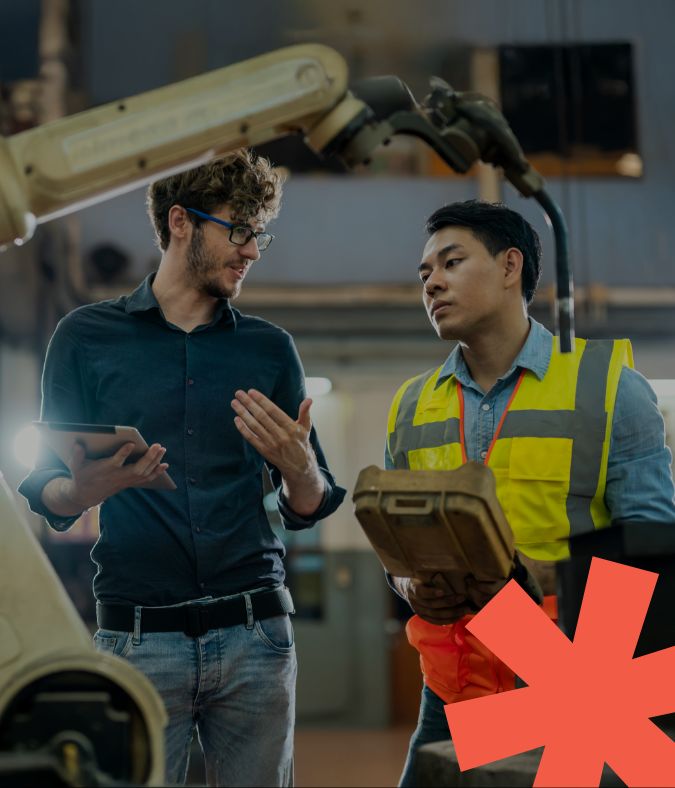For manufacturers, technology-driven innovation is no longer limited to operational KPIs like throughput, quality, or equipment uptime. It’s also about pursuing evolved business models and more sophisticated approaches to client-centricity. The innovation priorities in manufacturing are aligned to three different factors: first, optimization of COGS through yield, throughput, quality, efficiency, etc.; second, effective selling and delivery through better customer and supply chain experience; and finally, expansion of the revenue potential through the creation of new revenue streams using As-a-Service or Servitized business models.
The pursuit of excellence through those factors is leading to three primary shifts that are not just changes but transformative forces that are reshaping the manufacturing industry:





